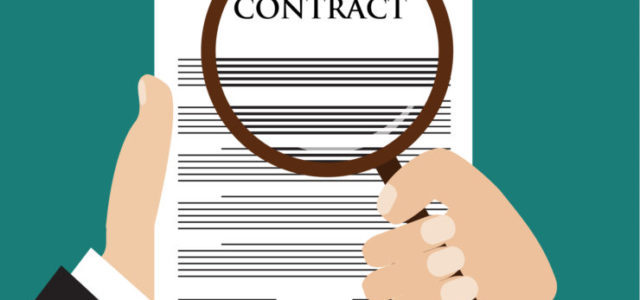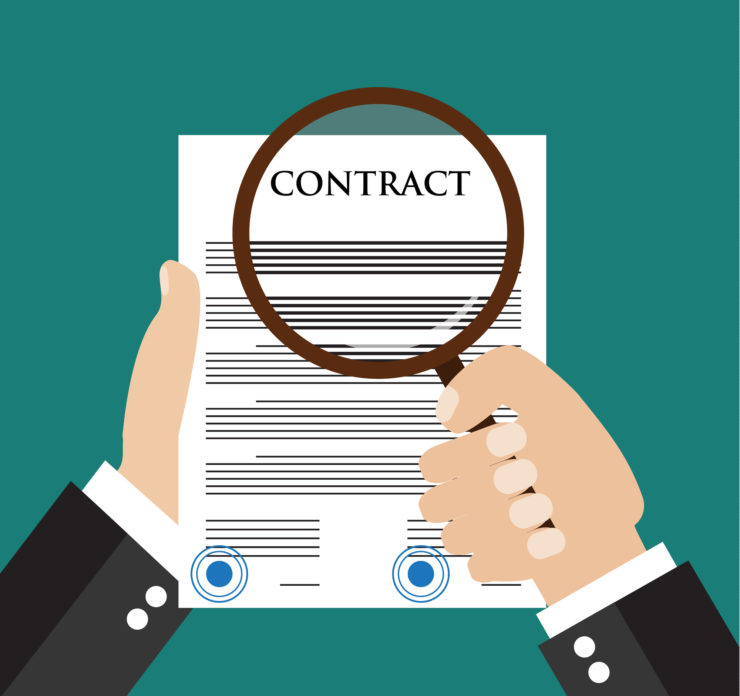| Lease Term |
Comments |
| Property Address: (fill in Lease section to reference here and in all parentheses below) |
|
| Premises: ( ) |
Your leased premises may only be a portion of a larger property (like a strip mall) and may include other portions of the property (like dedicated restrooms or storage areas). |
| Property Use: ( ) |
Even if your lease or proposed lease does not specifically exclude your contemplated use, you should ensure that the location is zoned and the lease explicitly permits your planned activities. |
| Landlord: ( ) |
Make sure the landlord’s full legal name, entity type, and state of formation is used and not some unregistered dba or incorrect name. |
| Tenant/Subtenant: ( ) |
If you are the landlord, make sure the tenant’s full legal name, entity type, and state of formation is used and not some unregistered dba or incorrect name. |
| Lease Term: ( ) |
This is the length of time for the lease’s initial term. |
| Lease Commencement Date: ( ) |
This is the date the lease “starts.” Often a lease will be negotiated in advance and have a commencement date in the future after certain preparations (the buildout) are made by landlord or tenant. |
| Lease Expiration Date: ( ) |
This is the date the initial term ends. |
| Base Rent: ( ) |
Some leases include base rent only; some include percentage rent based on some financial metric; and others incorporate base rent plus percentage rent. |
| Rent Due Date: ( ) |
This can be the 1st, 10th, 15th, or whatever date makes the most sense based on when the landlord’s mortgage payment is due. |
| Late Payment Penalty: ( ) |
If you are the landlord, you want the late payment penalty to apply without any notice from the landlord to tenant that the rent payment is past due. If you are the tenant, you want a long payment window without any late payment penalty. |
| Rent Increase: ( ) |
Most rent increases occur on a set schedule, either in straight dollar increases or a percentage increase, often pegged to one of the consumer price indices (CPI). |
| Gross Lease Amount: ( ) |
This lets both landlord and tenant (or their CFOs) to see at a glance the value or cost of the lease over the life of the lease. |
| Security Deposit: ( ) |
This becomes important at the lease termination or upon sale of the underlying real estate when the lease is still in force. |
| Utilities: ( ) |
Determine which utilities are tenant’s responsibility and which are landlord’s, as well as who will actually remit payments. |
| Taxes: ( ) |
Determine which taxes are tenant’s responsibility and which are landlord’s, as well as who will actually remit payments. |
| Tenant’s Responsibilities: ( ) |
These could include maintenance, cleaning, garbage removal, snow removal, and structural and nonstructural repairs to the leased premises. |
| Landlord’s Responsibilities: ( ) |
These could include maintenance, cleaning, garbage removal, snow removal, and structural and nonstructural repairs to the leased premises. |
| Parking: ( ) |
Reference whether tenant has any dedicated parking, which can be extremely important for retail locations. |
| Tenant Improvements: ( ) |
Include whether the tenant is permitted to make improvements and which improvements will be considered (a) fixtures that become part of the leased premises or (b) non-fixtures that the tenant can (or must) remove at the end of the lease term. |
| Lease Extension Provisions: ( ) |
Indicate whether the lease can be extended only by mutual agreement of the landlord and the tenant or whether the tenant can unilaterally extend the lease. |
| Lease Extension Notice Date: ( ) |
Even if the lease can be unilaterally extended by the tenant, often lease extension notice is required three, six, or 12 months prior to the end of the lease. |
| Tenant’s Holdover: ( ) |
Some leases treat the tenant’s holdover at the end of the lease term as an automatic lease renewal; others expressly exclude the tenant’s holdover and apply a 2x or 3x rent multiplier to discourage the tenant from holding over. |
| Termination Provisions: ( ) |
Include who can terminate the lease and how the lease must be terminated, especially the termination notice date and method of giving notice. |
| Termination Notice Date: ( ) |
This date is as crucial as the renewal notice date. |
| Assignability: ( ) |
Often leases can be freely assigned by the landlord and sometimes by the tenant. Other times the landlord requires notice of the tenant’s assignment, including subleasing. |
| Guarantor(s): ( ) |
Most landlords require the owners of tenants that are new companies to personally guarantee the lease. |
| Landlord’s Contact: ( ) |
If the landlord uses a managing company or other third party, or if the landlord is an entity, you will want to know who to contact and have reliable contact information, including a cell phone number for emergencies. |
| Landlord’s Notice Address: ( ) |
This notice address becomes extremely important to the tenant if the landlord does not timely perform its lease obligations, such as snow removal or other maintenance or repairs. |
| Landlord’s Payment Address: ( ) |
Often the location of where to pay rent differs from the landlord’s primary business address. |
| Additional Information / Issues: ( ) |
Include anything here that may be relevant to negotiations or to responsibilities under the lease that do not fit in any category above. |









